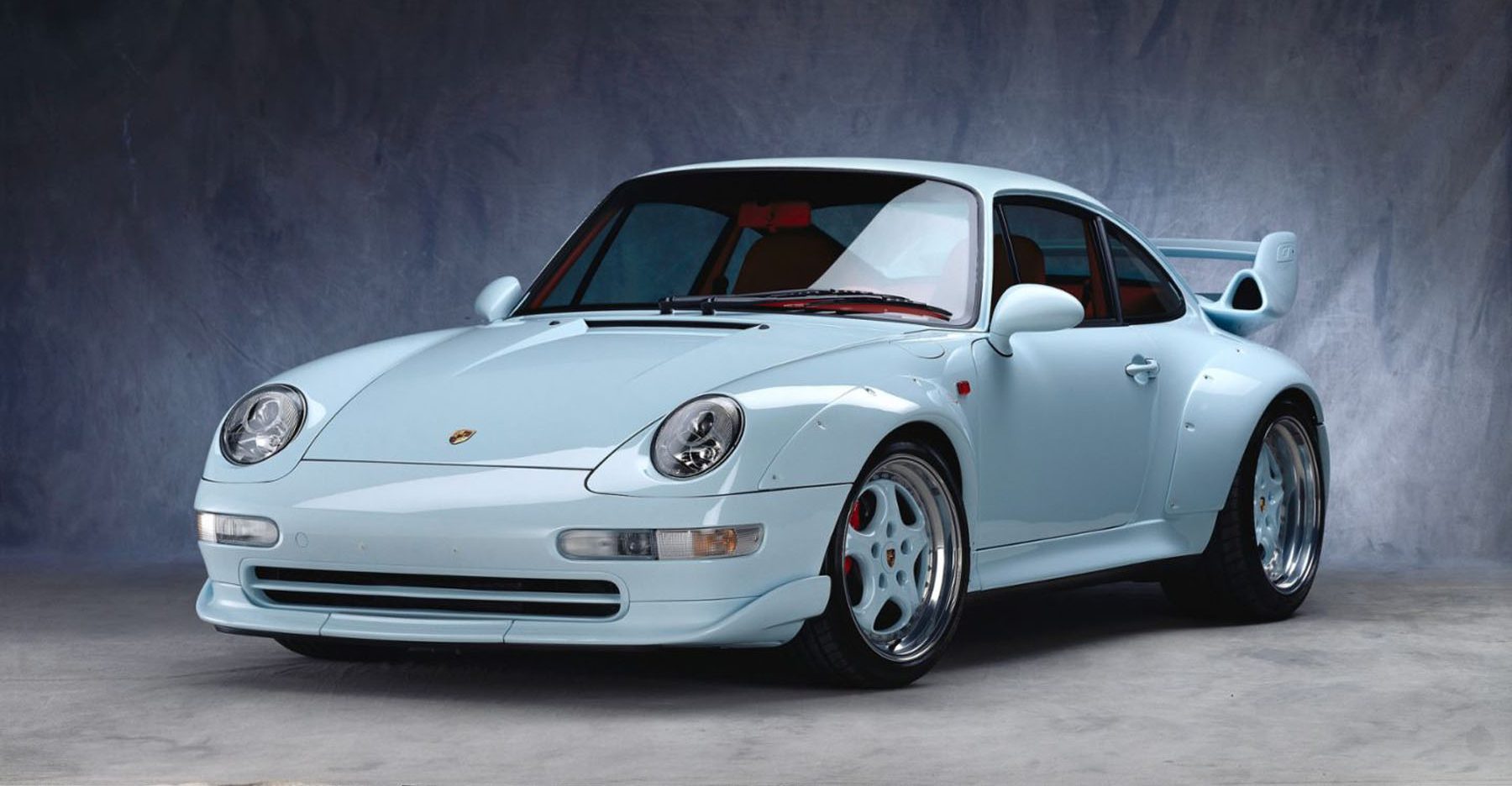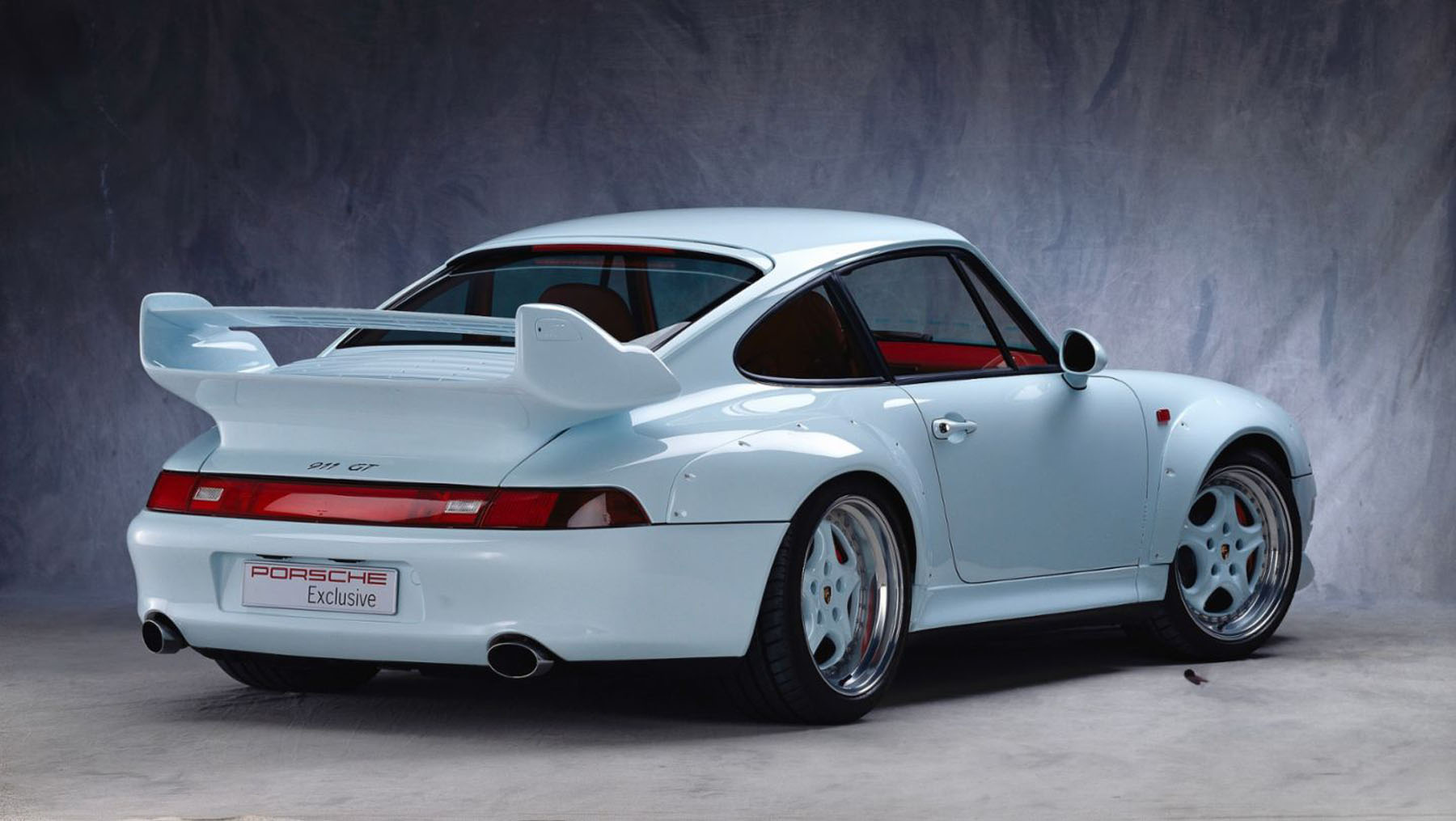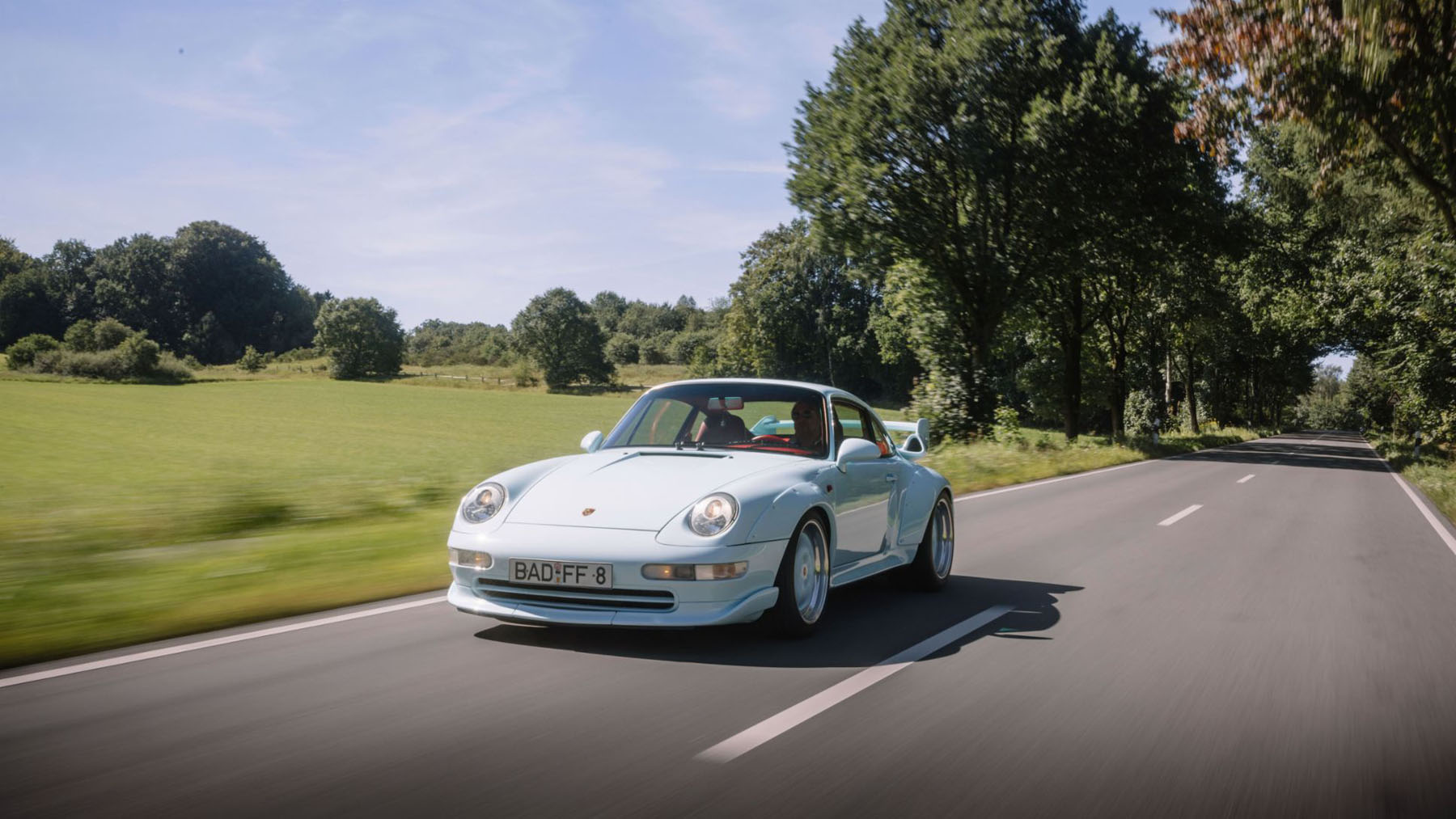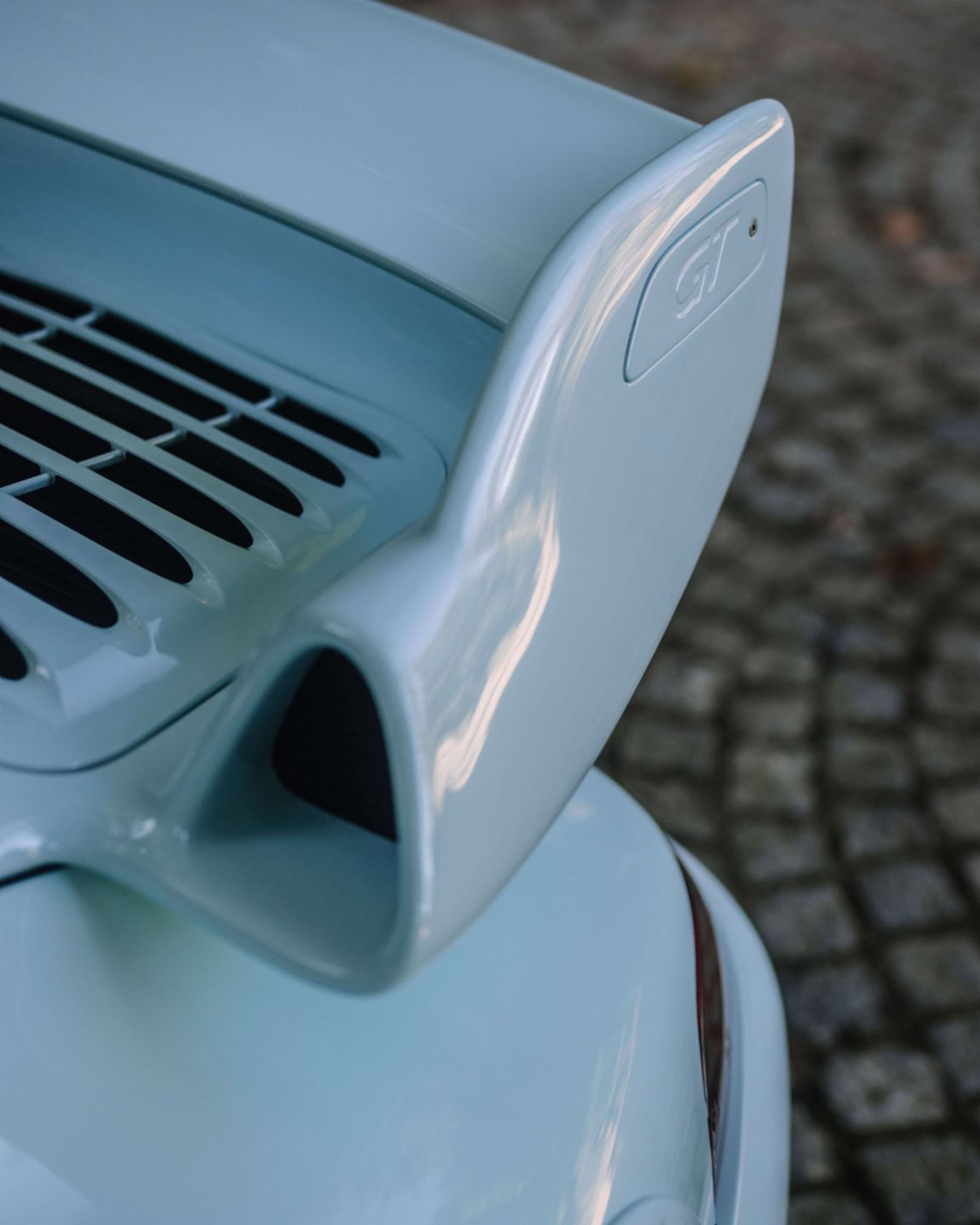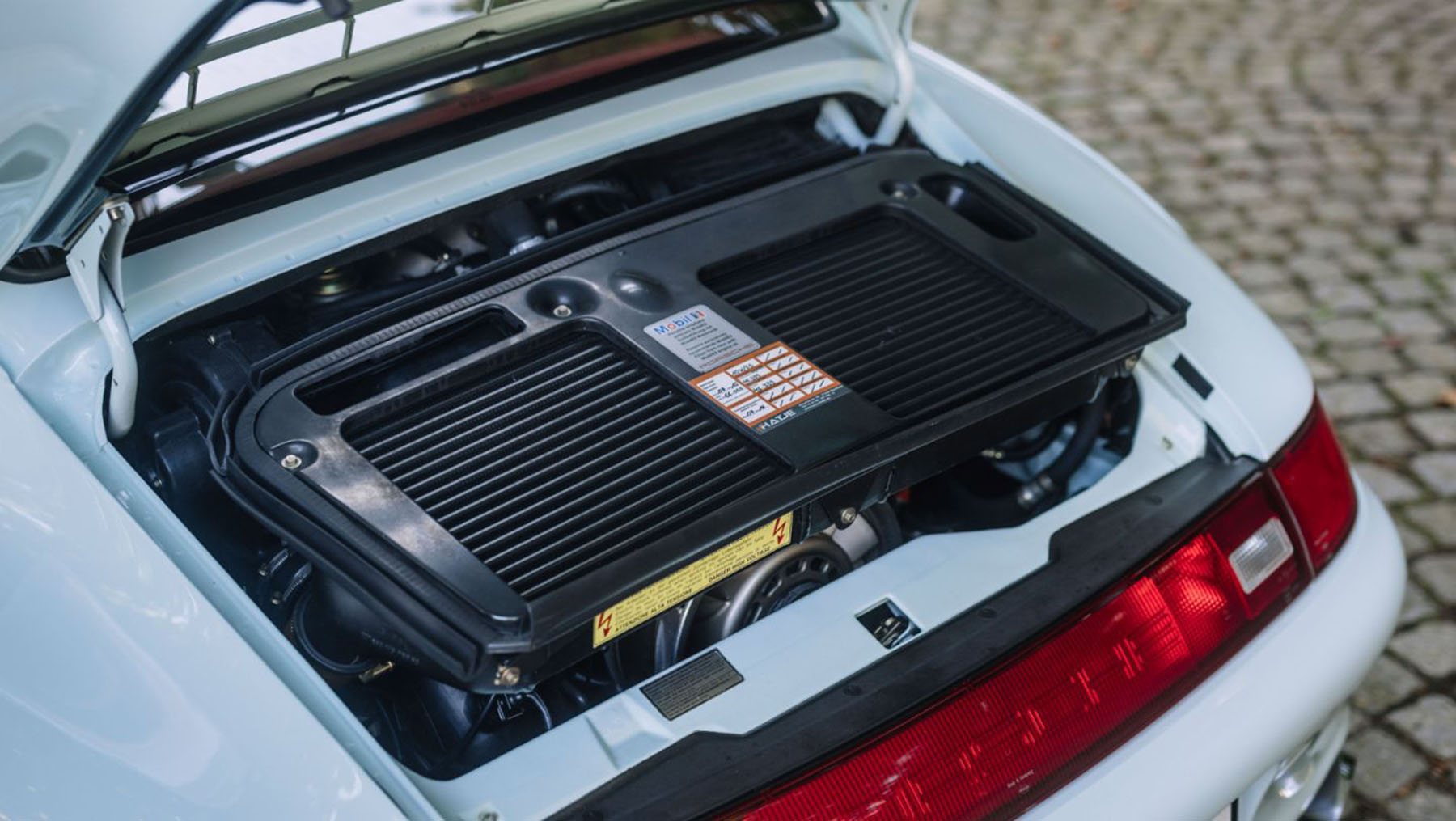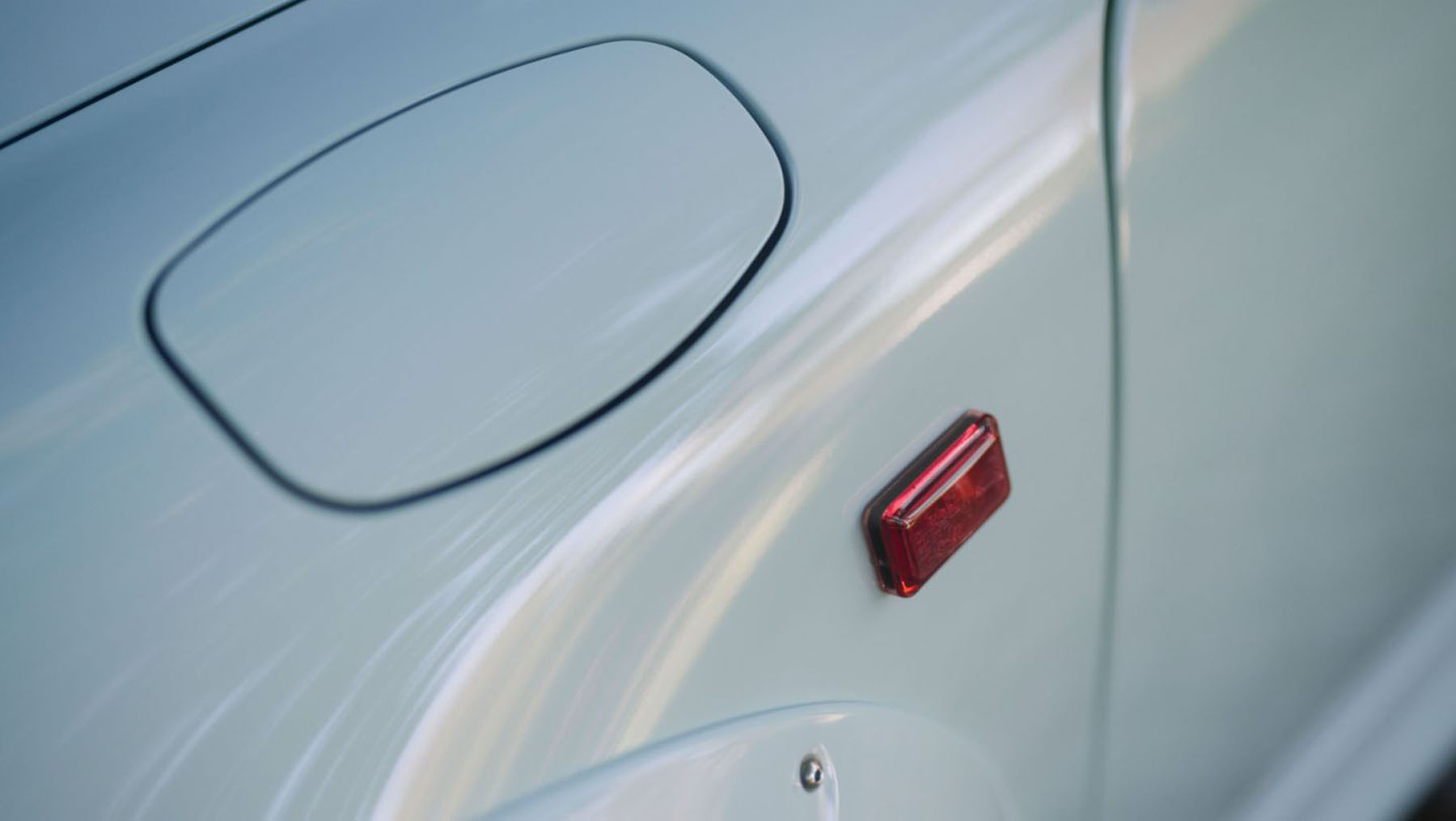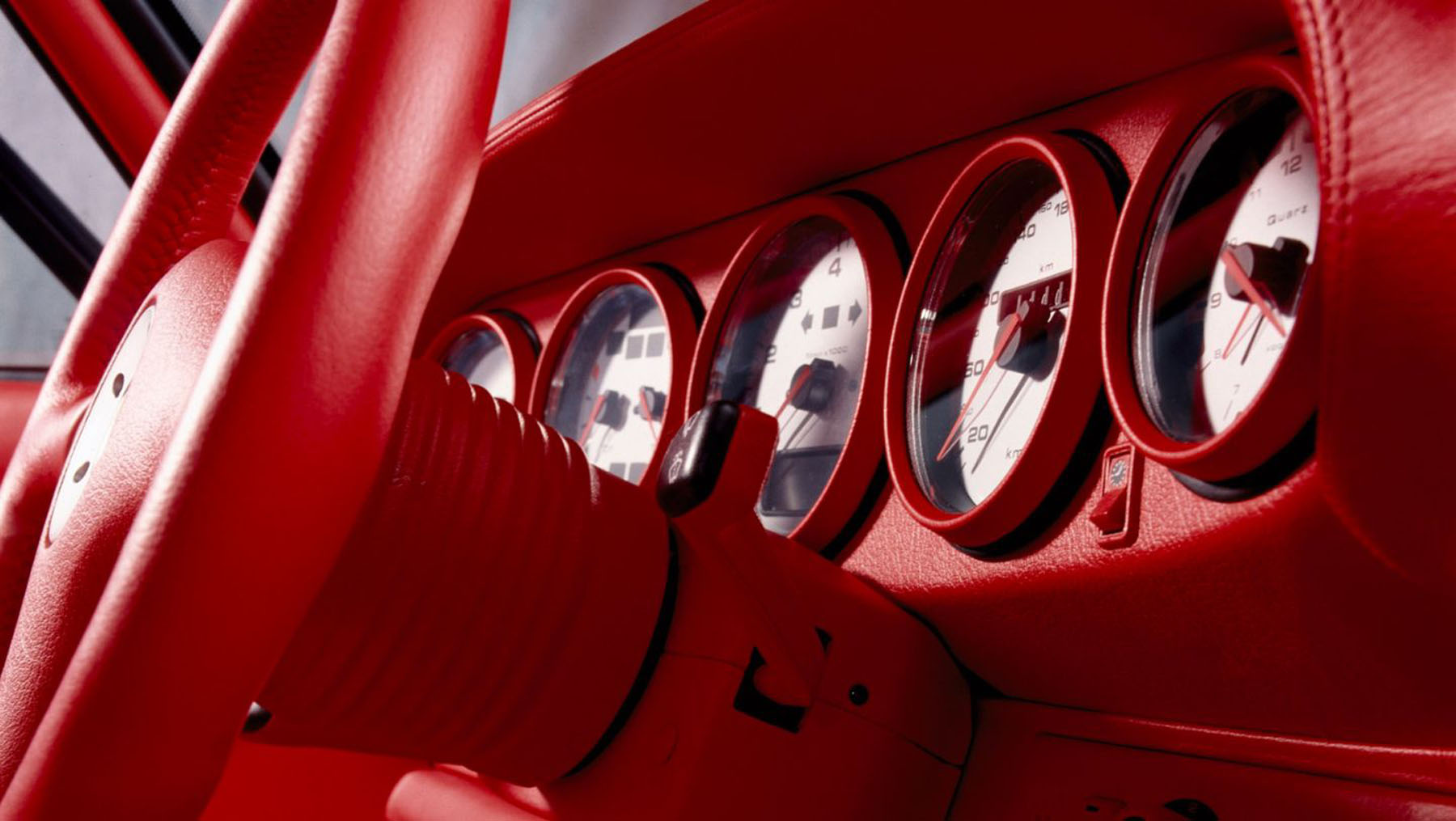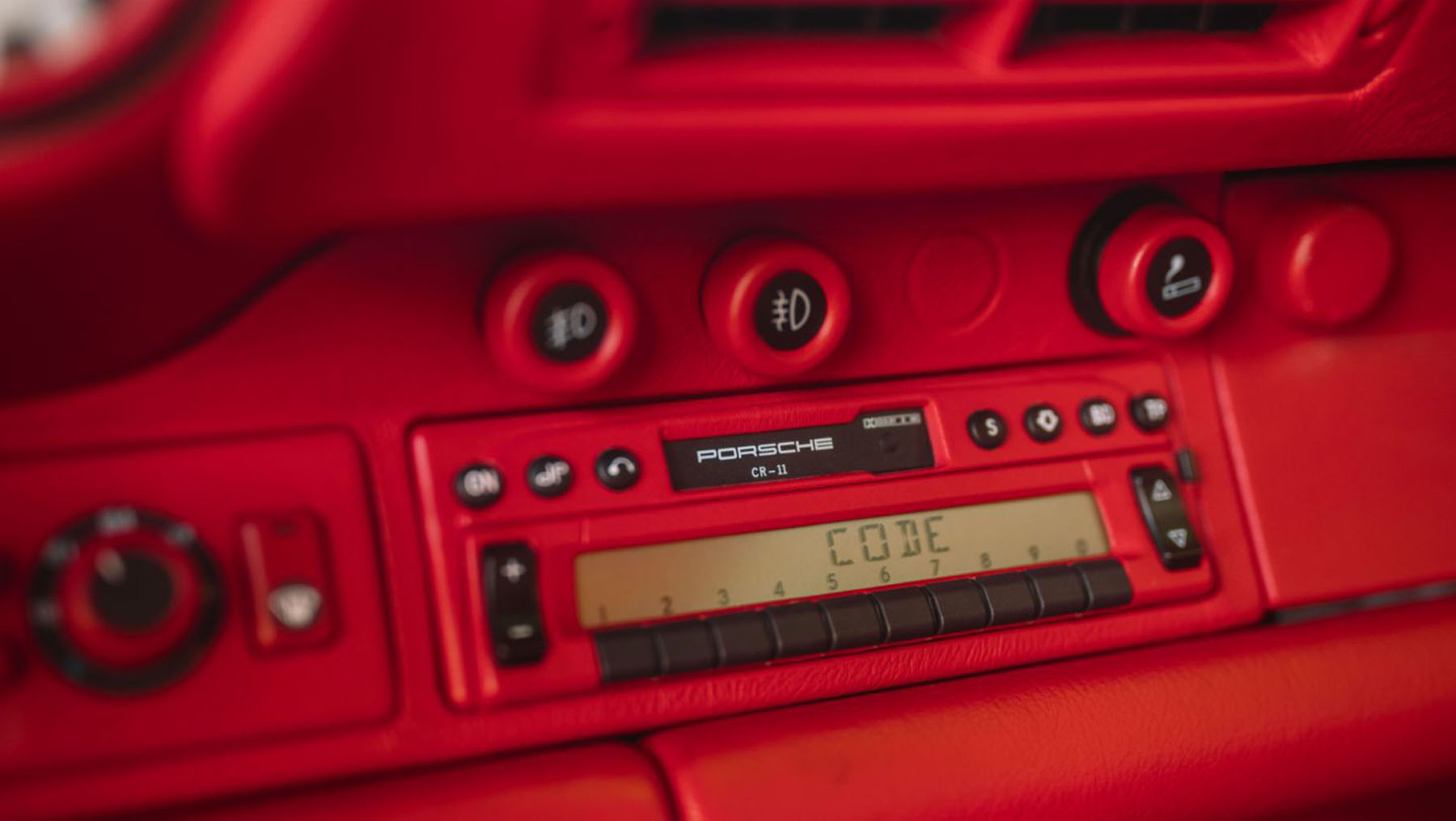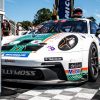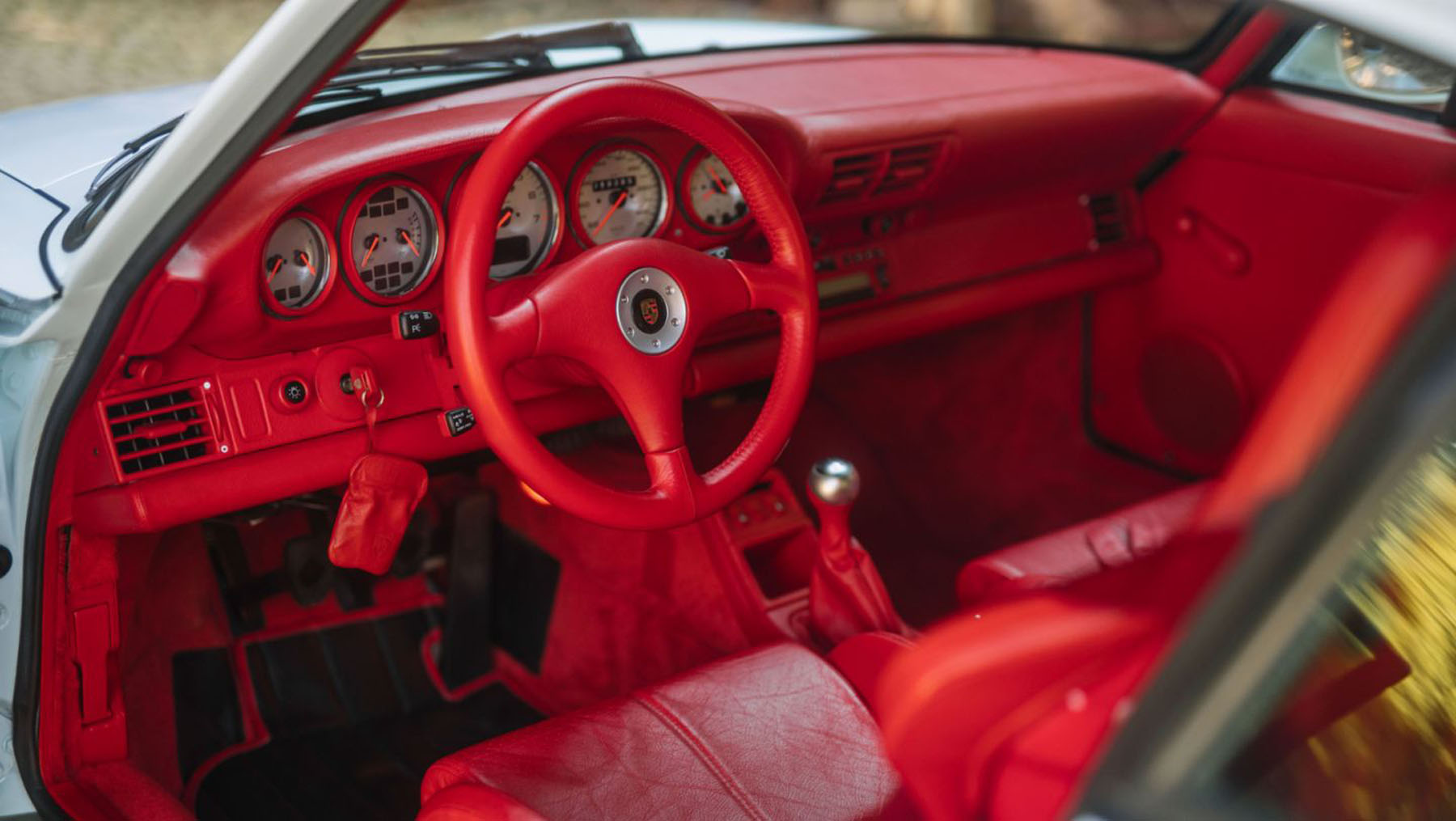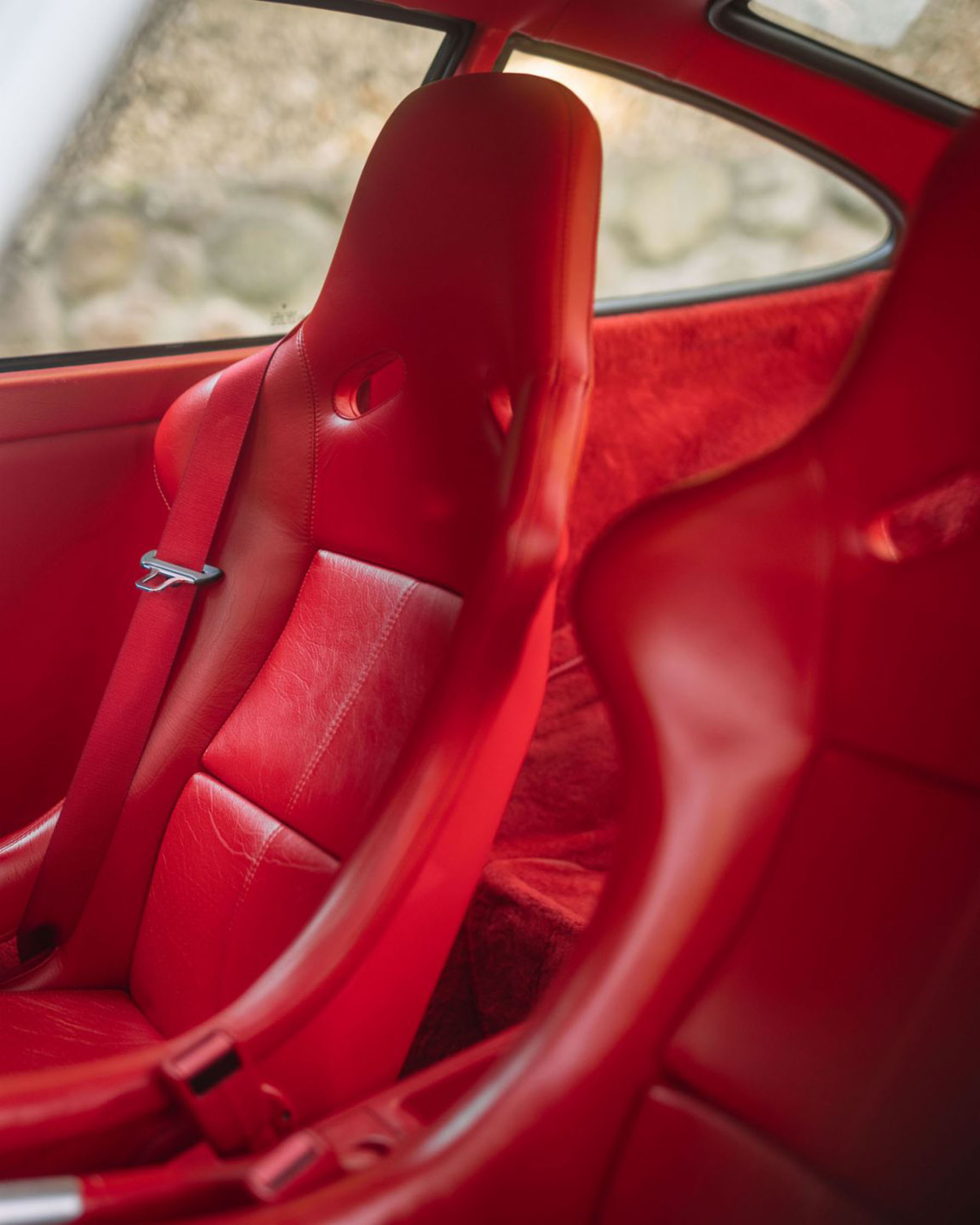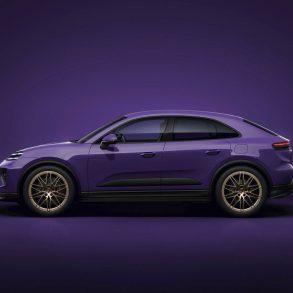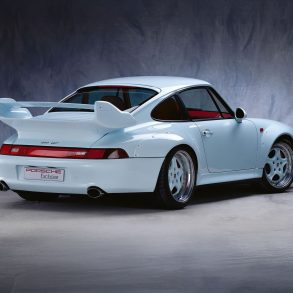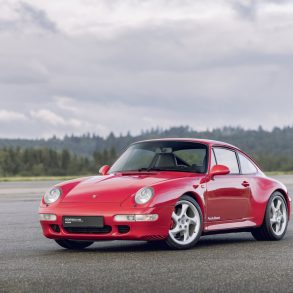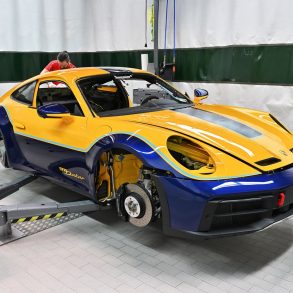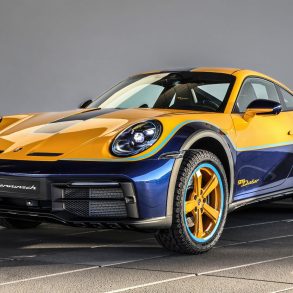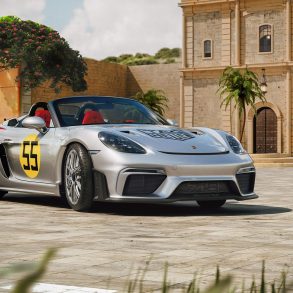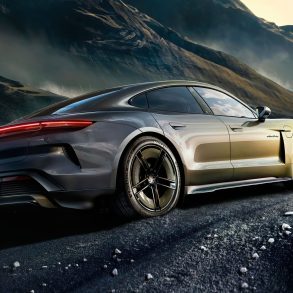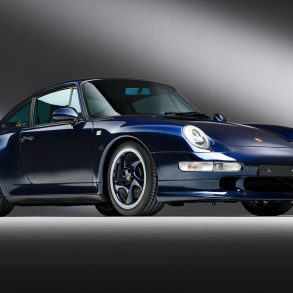This bespoke Porsche 993 is no stranger to the Porsche world, though very few people are likely to have ever seen it in person. But if you type Coppa Florio and Porsche into an Internet search, you will encounter this GT2 immediately. There are official factory photos from the Exclusive Manufaktur, casual snapshots and even 1:18-scale model cars based on it. But the reality surpasses everything. In 1996, a Porsche aficionado and textile manufacturer from Baden commissioned this highly customized 993-generation 911.
The choice of the base vehicle was already a statement: the Turbo-based GT2 had an appearance that made it the most extreme car in the Porsche model range, as well as being the most expensive – with a base price of almost 280,000 Deutschmarks. A 911 Carrera cost less than half as much – so if a customer expressed a desire for customizations over and above the standard model, it was quite a bold move. But the GT2 was never a car for Porsche novices anyway.
Twin turbos and rear-wheel drive
Much like the legendary 911 Carrera RS 2.7, the underlying idea was to design a model suitable for recreational motorsport, a car designed for the road but with the requisite talent and the best possible technology for the track – in other words, a Porsche in the original sense of the word. The development into a 911 with a designation new to the Porsche nomenclature started in 1994 and represented a resourceful combination of the best possible components: the twin-turbo flat-six from the 993 Turbo, boosted from 408 to 430 PS, the front spoiler and lightweight door panels from the RS, and bolted-on plastic wheel arch extensions, which could easily be replaced in the event of a collision on track.
Just as with the robustly widened bodywork, the massive rear wing remained a unique selling point. It provided downforce, directed the airflow to the charge-air coolers, and supplied intake air through the wing’s lateral openings. Lightweight construction was one of the central themes of the GT2 concept. For weight-saving purposes, the GT2 dispensed with the driven front axle of the regular 993 Turbo, there were no rear seats or rear wiper, the boot lid and doors were made from aluminum, and the rear and side windows featured thinner glass. All this shaved off 205 kilograms, and the top speed rose from 290 to 295 km/h. But the price was also more than 50,000 Deutschmarks higher than that of a normal 911 Turbo.
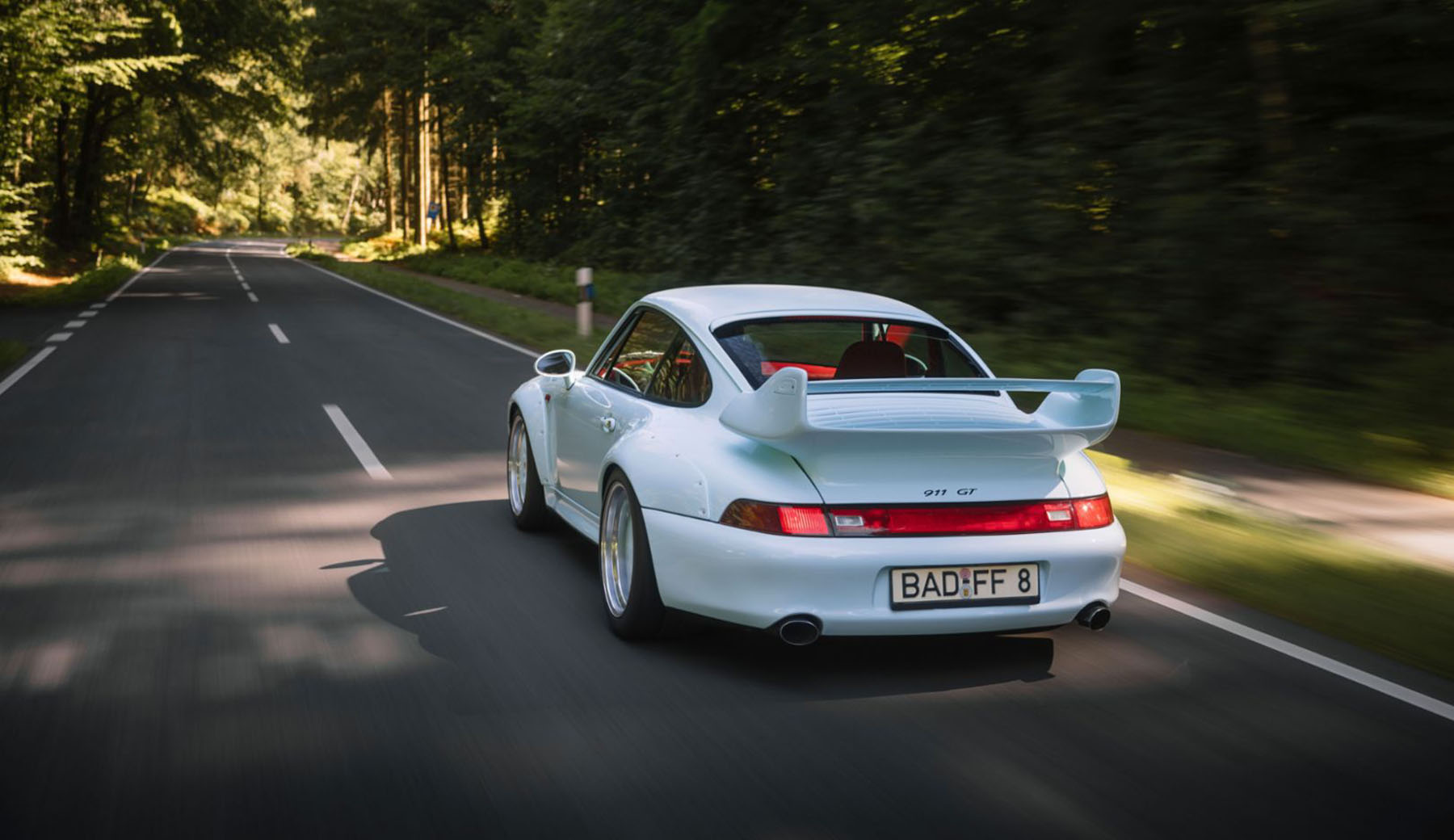
Lightweight construction was decisive
For a solid year, the GT2 presented at the beginning of 1995 was the most powerful and fastest model in the Porsche range, before the 430 PS 993 Turbo WLS took the lead with a two km/h edge and a top speed of 297 km/h. For the 1998 model year, in turn, the GT2 responded with a power output upgraded to 450 PS, while the Turbo S appeared at the same time with identical power figures. But while there was quite a lot of crossover within the 993 series, but no other 911 came close to the standout position of the GT2, of which just 172 units were produced in the first production run and 21 units in the second series with its upgraded power output. The fact that, as the first of its kind, it was the founder of the GT series Porsches (and was also the last with air cooling) has fueled the reputation of this icon of turbocharged 911s to this day. How could that be topped? With a unique, highly exclusive configuration.
The commission for the paintwork and leather went to Porsche Exclusive, the department for special features beyond the confines of series production. It was carried out by the responsible employee and Exclusive Customer Advisor Peter Fraschka. The customization business segment had already been in operation for more than 30 years: before its renaming in 1986, Porsche Exclusive was first called the Werksreparatur and later the Sonderwunsch program.
Full leather package to the nth degree
The list of optional additional equipment for the GT2 was decidedly limited: Bremen or Düsseldorf radio, sports seats (at no extra charge), air conditioning, airbags and electric windows. Other possible changes included the catalog number M 496, which indicated the omission of the glued-on model designation on the rear (no extra charge), and M 003, which stood for the reduced-equipment Clubsport package (16,800 euros). Altogether, the GT2 range could be broken down into three types: the road version (M 002), the aforementioned Clubsport variant (M 003), and the motorsport-prepared version (M 005).
For the same reason, to simplify the production of the GT2, which was produced in very small volumes, Porsche only offered a small selection of colors in its line-up. For the 1996 model year, the colors were Black, Guards Red, Grand Prix White, Riviera Blue, Speed Yellow, Polar Silver Metallic, and Night Blue Metallic. Some 128 customers opted for standard colors in the first year, 13 had their cars painted in a different color through the Sonderwunsch program – and just one 993 GT2 was painted, Coppa Florio. Only the two cars that left the plant in Ferrari Yellow and the old 911 color tone Blood Orange were perhaps more ostentatious.
The pastel-hued, light-blue Coppa Florio (code 360) had originally been available as a special color for the 911 G-Series in model years 1976/77. In the case of this special GT2, the centers of the Speedline wheels were painted in the same color, and a high-contrast leather interior was added. This GT2 completely redefined the concept of full leather equipment. From the boot lid release and the ignition lock surround to the light switch, radio, rear-view mirror and the rings of the round instruments, the interior and cockpit were completely finished in bespoke Can-Can Red leather. And of course, there was the ignition key, partially covered in leather, in a matching, customized case and a pair of sports driving gloves made of the same leather. A visual feast in deep red.
Nicknamed Wölkchen (Little Cloud)
Porsche was particularly proud of its globally unique expertise in full-package craftsmanship. To guarantee accuracy of fit and durability, the leather had to be pre-shrunk in a climate chamber for eight hours. Eight selected cowhides were needed for up to 75 different components. Even the red Mapotex carpeting was custom-made. The originally orange indicators, colored red here, were the work of Peter Fraschka, as explained in the seminal work on the 911 GT2 by authors Christoph F. Mäder/Jan Kouhm: “You had the red brake calipers and the red tail lights. The orange indicators simply didn’t match. We developed small details like that together with our customers.” The larger tailpipes from the 1997 model year were already fitted on the Sonderwunsch GT2 with chassis final digits 197 in the June of 1996.
At the same time, it lacked air conditioning, airbags, and power windows – for all the exuberance of its colors, the expressively designed GT2 was to remain a driver’s car in the spirit of the original concept. According to its current owner, it was the most expensive GT2 in the 172-car first series back then. Today, he calls it Wölkchen (Little Cloud) for its airy, sky-blue paintwork and wants nothing more than a GT2 based on the 992, finished, naturally, in Sonderwunsch Coppa Florio paint.
911 GT2 Typ 993
- Engine: air-cooled OHC boxer engine type M64/60 R with twin turbochargers
- Cylinders: 6
- Bore x stroke: 100.0 x 76.4 mm
- Displacement: 3600 cc
- Power: 316 kW (430 PS) at 5,750 rpm
- Torque: 540 Nm at 4,500 rpm
- Compression: 8.0:1
- Engine management: Bosch Motronic M 5.2
- Power transmission: rear-wheel drive
- Transmission: six-speed gearbox
- Body: unibody all-steel frame
- Chassis: MacPherson spring struts, wishbone, coil springs, gas pressure dampers, anti-roll bar (front); independent suspension on five control arms, coil springs, gas pressure shock absorbers, anti-roll bar (rear)
- Brakes: 4-piston fixed calipers; internally vented, cross-drilled discs 322 x 32 mm (front), 322 x 28 mm (rear)
- Wheelbase: 2,272 mm
- Track: 1,475 mm (front), 1,550 mm (rear)
- L x W x H: 4,245 x 1,855 x 1,270 mm
- Wheels and tires: 9 J x 18 with 235/40 ZR 18 (front) and 11 J x 18 with 285/35 ZR 18 (rear)
- Unladen weight: 1,295 kg
- Permissible gross weight: 1,575 kg
- Top speed: 295 km/h
- Acceleration 0–100 km/h: 4.4 sec
- Build years: 1995–1997
- Quantity: 172
- Price: 278,875 Deutschmarks (1996)
All content © 2024 Dr. Ing. h.c. F. Porsche AG


